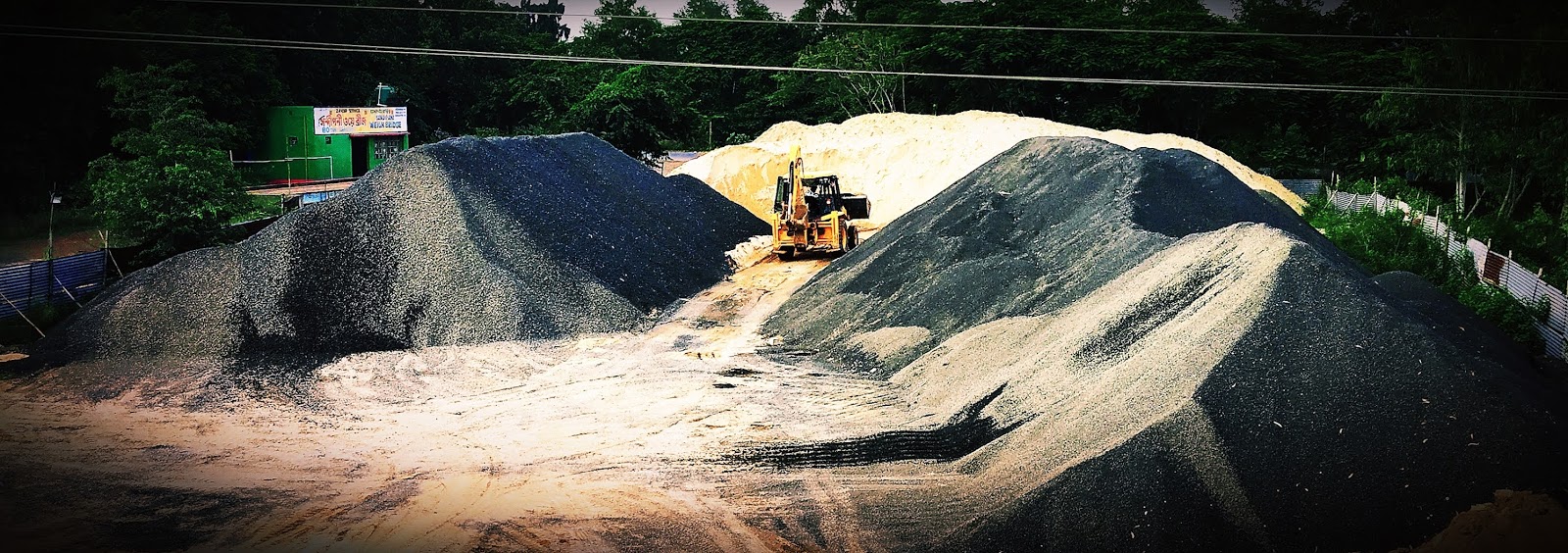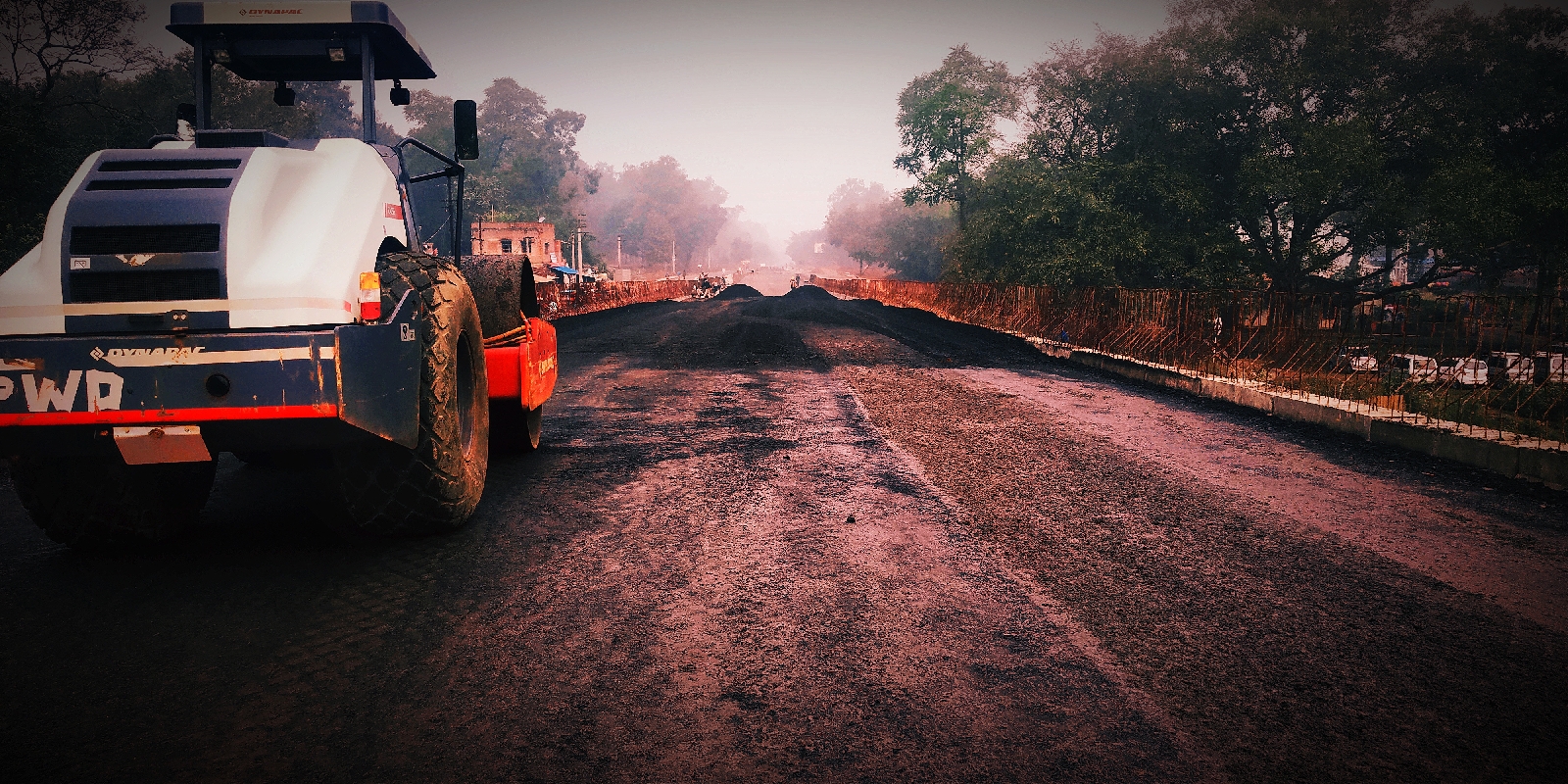How is pile set calculated by using modified Hiley formula for Spun Pile.
Here I am trying to explain how is pile set calculated by using modified Hiley formula.
The principle of this method is a large weight giving dynamic impact to the elastic body. It equates the energy of hammer blow to work done in overcoming the total resistance offered by the penetrated soil. Allowance is made for losses of energy due to the elastic compression of the cap material, pile and subsoil as well as losses caused by the inertia of the pile.
Reference Code:
IRC:78-2014
The modified Hiley formula is :
Where
R = ultimate driving resistance in tonnes. The safe load shall be worked out by dividing it with a factor of safety of 2.5.
W = mass of the ram in Mt;
h = height of the free fall of the ram or hammer in cm, taken at its full value for trigger-operated drop hammers, 80 percent of the fall of normally proportioned winch operated drop hammers, and 90 percent of the stroke for single-acting hammers.
When using the McKiernanTerry type of double acting hammers, 90 percent of the maker’s rated energy in tonne-centimeter per blow should be substituted for the product (Wh) in the formula. The hammer should be operated at its maximum speed while the set is being taken;
n = efficiency of the blow, representing the ratio of energy after impact to the striking energy of ram;
s = final set or penetration per blow in cm;
c = sum of the temporary elastic compression in cm of the pile, dolly, packing and ground
p = Mass of pile in tonnes
Where W is greater than Pe and the pile is driven into penetrable ground,
Where W is less than Pe and the pile is driven into penetrable ground.
The following are the values of (n) in relation to e and to the ration of P/W
P is the weight of the pile, anvil, helmet and follower (if any) in tonnes.
Where the pile finds refusal in rock, 0.5 P should be substituted for P in the above expression for ղ.
e is the coefficient of restitution of the materials under impact as tabulated below.
a. For steel ram of double-acting hammer striking on steel anvil and driving reinforced pile, e = 0.5
b. For cast-iron ram of single-acting or drop hammer striking on head of reinforced concrete pile, e = 0.4.
c. Single-acting or drop hammer striking a well-conditioned driving cap and helmet with hard wood dolly in driving reinforced concrete piles or directly on head of timber pile, e = 0.25.
EXAMPLE
• Type of pile = Spun Pile
• Pile Diameter = 600.00 mm
• Thickness of pile rim = 100.00 mm
• Type of Hammer = BSP Hydraulic Hammer CX110 = 9.00 MT
• Weight of anvil, helmet and follower (Manufacturer Specification) = 1.00 MT
• Height of free fall (Actual) = 100.00 cm
• Height free fall of hammer/ram is considered in design = 80.00 cm
• Type of cushion/dolly = Wooden
• Thickness of cushion/dolly, tc = 5.00 cm
• Factor of safety = 2.50
• Pile Capacity in Compression = 155.00 MT
• Pile Length = 48 m
• Specific Weight of Concrete (consider) = 2.5 MT/m3
• Grade of Concrete = M80
• Young’s modulus of Concrete, Ep = 44721.4 MPa (E= 5000√fck)
• Young’s modulus of Wooden dolly, Ec = 5000 MPa
• Coefficient of restitution of the material, e = 0.25 (Wooden Dolly as per IRC 78-2014)
·
Weight of the pile = 18.85 MT
·
Weight of the pile including anvil, helmet and
follower, Wp = 19.85 MT
·
Ultimate driving resistance, R = 2.5x155 = 387.50 MT
·
Pile terminated in rock = NO
· Efficiency of blows, n = 0.37 (From IRC 78-2014, Table at P/W= 2)
·
Area of Pile, A (Consider
Toe condition as closed end) = 2827.4 cm2
·
Cc = Rtc/(AE)c =
0.01 cm
·
Cp = RLp/(AE)p = 1.44 cm
·
Cg = 0.5% of the pile dia = 0.30 cm
·
C = Cc+Cp+Cg= 1.75
cm
·
S= -0.1875 cm
· Set for 10 blows = 18.75 mm/10 blows







Comments
Post a Comment